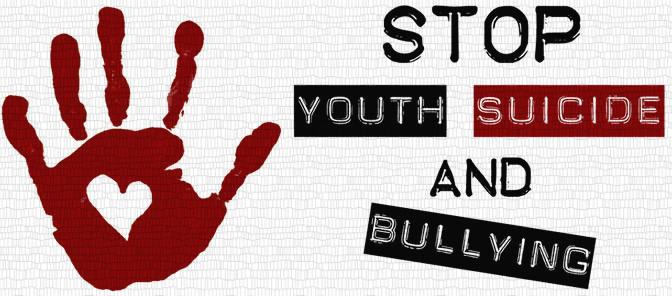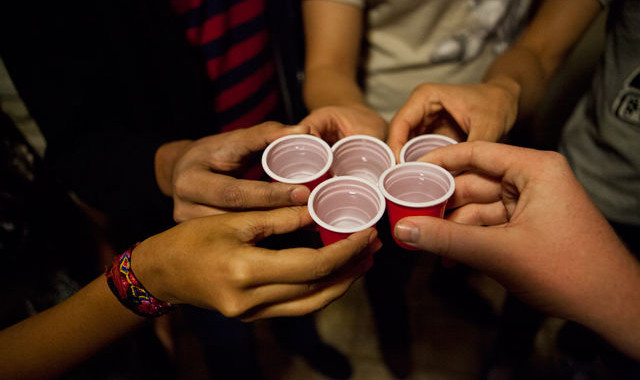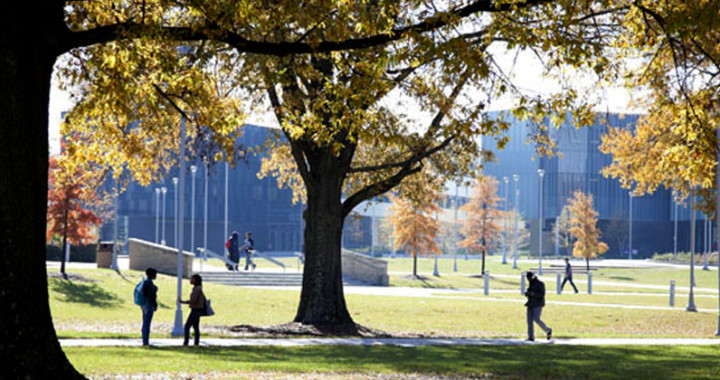All technology these days produces both good results and notable consequences. The internet is increasingly a perfect case study for this idea. While better connecting the world and democratizing information, the internet has also allowed individuals to hide behind masks of anonymity. The “faceless evil” of the internet is a growing threat for teens, specifically when it comes cyberbullying. Despite a more recent ramping up of awareness campaigns, cyberbullying facts and statistics indicate the problem is not going away anytime soon.
Recent statistics show steady growth in cyberbullying
A 2007 Pew Research study found 32 percent of teens have been victims of some type of cyberbullying. Nearly a decade later, a 2016 study by the Cyberbullying Research Center found those numbers were almost unchanged. By 2016, just under 34 percent of teens reported they were victims of cyberbullying. Meanwhile, the National Crime Prevention Council puts that number much higher, at 43 percent.
Read more at: https://www.comparitech.com
Published by Sam Cook on May 25, 2018








